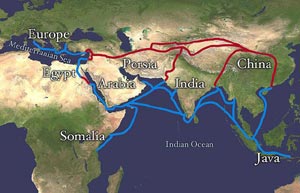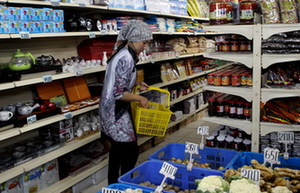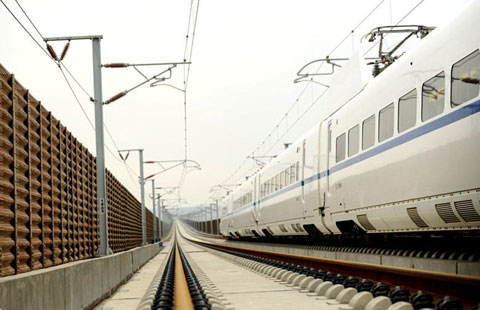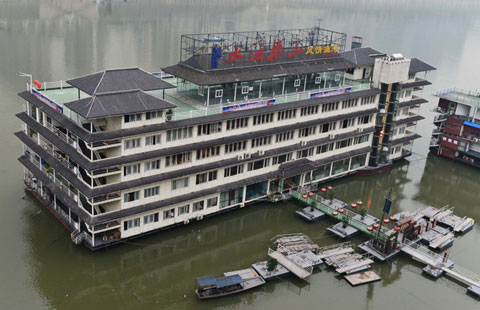Diplomat calls for making 'connectivity' a priority
(China Daily) Updated: 2014-06-05 08:44He said the ancient Silk Road was mainly a transport corridor, and that the Silk Road Economic Belt could help to revive it by emphasizing infrastructure construction between China and Central Asia, which will be more open than ever. After the infrastructure is completed, all countries along the corridor could take advantage of it according to their own needs, Dimitzov said.
|
 |
Le pointed out that these projects need massive investment, and that long-term vision is the priority.
Xi's proposal to establish an Asian infrastructure investment bank offered a new source of financing and has received positive responses from countries in the region. Le said that China can be counted on to do its utmost, with support from other countries, and that a number of projects already have been launched.
In 2011, the Chongqing-Xinjiang-Europe International Railway-starting from Chongqing, entering Kazakhstan through the Alataw Pass, and continuing through Russia, Belarus and Poland before ending in Duisburg, Germany-was put into operation and has boosted trade between China and Kazakhstan. The railway and many other projects are prime examples of cooperation, the ambassador said.
Another example he highlighted was the work by Chinese telecommunications company Huawei to make 4G networks available in Kazakhstan, enabling instant communication, online business and distance education for the country's approximately 17 million people.
Since the establishment of diplomatic relations more than 20 years ago, both countries have witnessed an upward trajectory in development, Le said.
China is Kazakhstan's biggest trading partner with bilateral trade hitting $28.6 billion last year-an almost eightyfold increase from 1992, when diplomatic ties were established.
|
 |
 |
| Revival of ancient Silk Road 'essential' for Asian nations | Kazakh students say Silk Road will pave way for career openings |
- IMF deputy chief assesses China's growth, reform list
- Making big data more accessible to all
- China's box office takings surge since 2002
- Chinese PV firms regret US duties
- Shenzhen plans rules on joint residential ownership
- Chinese tire industry watching US trade case
- Rare earth quotas, tariffs 'set to end'
- Alibaba ponders ways to keep flock together

















